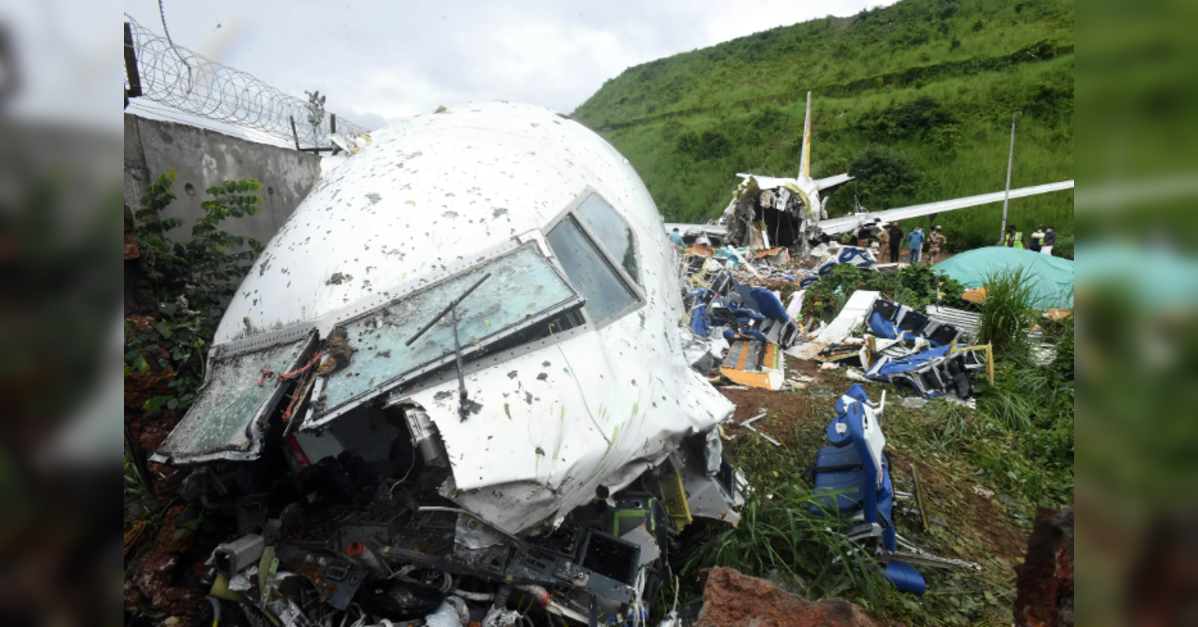Air India crash raises a big question: Should every plane have a camera in the cockpit to catch what audio can't?
The crash of Air India Flight 171 last month has brought back a critical question for the aviation industry — should cockpit video recorders be mandatory? The incident has reopened a two-decade-old discussion about balancing pilot privacy with public safety.
Willie Walsh, head of the International Air Transport Association (IATA) and a former pilot himself, publicly supported the idea during a conference in Singapore. “Based on what little we know now, it’s quite possible that a video recording, in addition to the voice recording, would significantly assist investigators,” Walsh said, referencing the need to better understand mental health issues involved in such incidents.
A preliminary report from India’s Aircraft Accident Investigation Bureau (AAIB) suggests that one of the pilots may have deliberately cut off fuel supply to the engines of the Boeing 787 shortly after takeoff from Ahmedabad. This left the aircraft in an uncontrollable state, ultimately leading to the deaths of 241 passengers and crew, along with 19 people on the ground.
Experts say that had cockpit video footage been available, investigators could have quickly confirmed what happened and why. Instead, key questions remain unanswered.
 Air India crash | Credit: X
Air India crash | Credit: X
Supporters of cockpit video highlight examples where such footage proved vital. In 2023, the Australian Transport Safety Bureau (ATSB) used video evidence from a Robinson R66 helicopter crash to determine the cause. The video showed that the pilot, who died in the crash, had been distracted while flying — using a mobile phone and eating during flight. The ATSB called the footage “invaluable” and praised Robinson Helicopters for factory-installing cameras.
Following that investigation, ATSB urged more manufacturers and operators to consider camera installations for safety purposes.
The push for cockpit video recorders dates back decades. In 2000, the U.S. National Transportation Safety Board (NTSB) made a formal recommendation after the 1999 crash of EgyptAir Flight 990. Investigators concluded that the first officer had intentionally caused the crash, killing all 217 on board. Then-NTSB Chairman Jim Hall pressed the Federal Aviation Administration (FAA) to require cockpit cameras.
Despite strong arguments for safety, many pilots have expressed concern over constant surveillance. Aviation safety expert Anthony Brickhouse acknowledged this, saying, “Video on Air India flight 171 would have answered lots of questions.” Still, he emphasized that privacy should not outweigh safety when lives are at stake.
Air safety expert and retired pilot John Nance echoed this sentiment. “In the balance between privacy and safety, the scale tips toward safety, unequivocally,” he said. “Protecting the flying public is a sacred obligation.”
The conversation around cockpit cameras may be uncomfortable for some, but with repeated tragedies and open investigations, industry leaders may soon be forced to make a final call.
As past and present crashes resurface, the industry faces pressure to act — will safety outweigh privacy in future cockpit policy?
For more news and current affairs from around the world, please visit Indiatimes News.
Nancy Jaiswal is a journalist who started her career in reporting and has covered both hard and soft news. From serious city news developments to lighthearted lifestyle pieces, she has written on almost everything hapenning in India (except maybe alien invasions—yet!). For her, writing isn’t just work; it’s a passion, an obsession, and sometimes the reason she forgets to reply to texts.
You may also like...
Diddy's Legal Troubles & Racketeering Trial

Music mogul Sean 'Diddy' Combs was acquitted of sex trafficking and racketeering charges but convicted on transportation...
Thomas Partey Faces Rape & Sexual Assault Charges

Former Arsenal midfielder Thomas Partey has been formally charged with multiple counts of rape and sexual assault by UK ...
Nigeria Universities Changes Admission Policies

JAMB has clarified its admission policies, rectifying a student's status, reiterating the necessity of its Central Admis...
Ghana's Economic Reforms & Gold Sector Initiatives

Ghana is undertaking a comprehensive economic overhaul with President John Dramani Mahama's 24-Hour Economy and Accelera...
WAFCON 2024 African Women's Football Tournament

The 2024 Women's Africa Cup of Nations opened with thrilling matches, seeing Nigeria's Super Falcons secure a dominant 3...
Emergence & Dynamics of Nigeria's ADC Coalition

A new opposition coalition, led by the African Democratic Congress (ADC), is emerging to challenge President Bola Ahmed ...
Demise of Olubadan of Ibadanland
Oba Owolabi Olakulehin, the 43rd Olubadan of Ibadanland, has died at 90, concluding a life of distinguished service in t...
Death of Nigerian Goalkeeping Legend Peter Rufai

Nigerian football mourns the death of legendary Super Eagles goalkeeper Peter Rufai, who passed away at 61. Known as 'Do...




